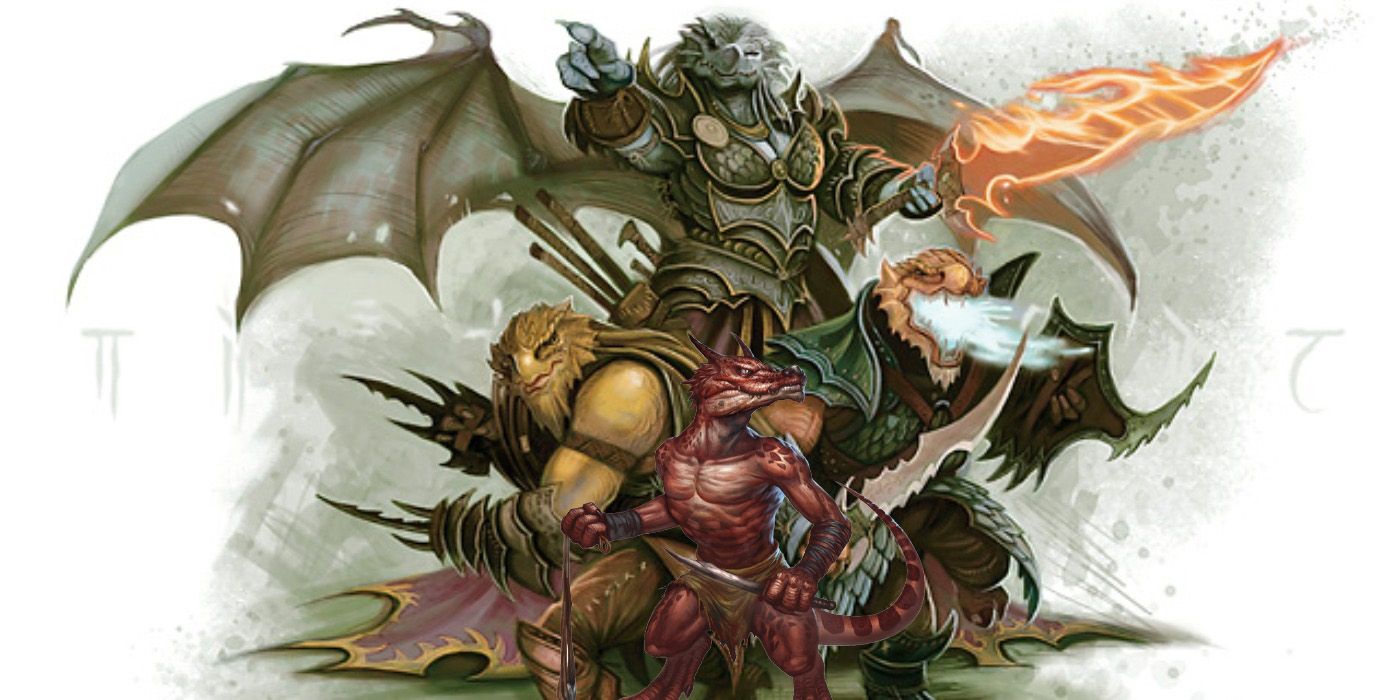
The DMs who run the current edition of Dungeons & Dragons should consider using Minions from the previous edition of the game, as they allowed for large-scale combat encounters with the party. The fourth edition of D&D was polarizing, as many fans didn't like how the rules began to more resemble a video game (which was ironic, as no fourth edition video games were ever released).
D&D has three main aspects of play: combat, exploration, and role-playing. The fourth edition rules were more focused on combat than they were exploration or role-playing. The current edition of the game has been met with a far more positive response, leading to 2020 being the best year ever for D&D in terms of popularity and sales. The current version of the game mixes most of the best aspects of third edition and fourth edition, with a ruleset that has is easy to learn and keeps the players engaged through the early levels of play.
That said, the fourth edition of D&D had some great ideas that never made the jump to the current edition of the game. While it was probably a good decision to return to a more traditional role-playing focus, some of fourth edition's mechanical elements were interesting and useful. One such idea (that's thankfully easy to adapt to fifth edition D&D) is the Minion type for monsters.

In fourth edition, monsters had specific roles that determined how they functioned in battle, such as Artillery monsters, who attacked the party from afar, or Brutes, who had a ton of bulk & attack power. Minions were the weakest D&D 4e monsters, as they only ever had a single hit point. The point of Minions was that they attacked in large numbers but fell quickly in battle, sort of like how groups of villains in martial arts movies are taken down with a single punch or kick from the hero.
Minions are great for a couple of different reasons. The DM can use them to create a horde of enemies that will scare the party, yet is still fragile enough that it can be defeated in battle, often allowing for players to feel particularly heroic. This works especially well with large groups of D&D monsters like zombies. A Minion encounter also forces the party to shift tactics, as attacks that deal a ton of damage to a single target aren't effective against a massive group. The group will need to use every AoE attack they have in order to thin out the herd. The party's positioning is also important, as the more empty spaces there are around them, the more chances the Minions will have to attack them. The DM also doesn't have to keep track of much with the Minions, as they all share the same stats and their hit points don't need to be recorded. It does help to have a ton of minis ready for these encounters, as it will make the horde seem all the more impressive. Minions become less scary over time, especially when spellcasters gain access to magic with large AoE, but they make for great encounters in low-level Dungeons & Dragons games.
from ScreenRant - Feed https://ift.tt/3kZjPIO
via IFTTT







0 comments:
Post a Comment